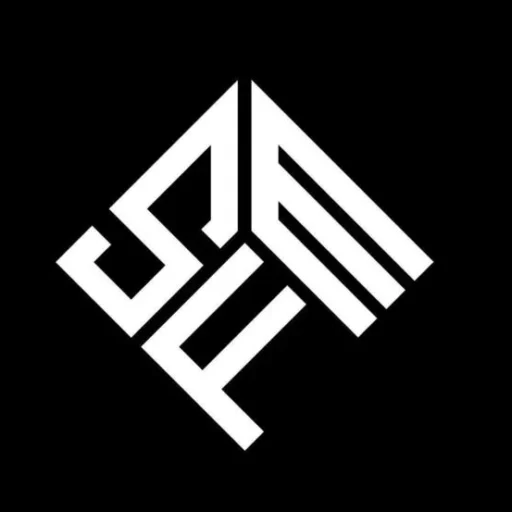Therapist for Trichotillomania: Effective Strategies for Hair-Pulling Disorder Treatment
A therapist for trichotillomania specializes in treating individuals who struggle with the impulse to pull out their hair, a disorder also known as hair-pulling disorder. They use evidence-based approaches like cognitive-behavioral therapy (CBT) and habit reversal training to help reduce or stop hair-pulling behaviors.
Finding a skilled therapist is essential because trichotillomania can lead to emotional distress and physical damage without proper support. Therapists tailor their methods to each person’s needs, addressing underlying triggers and teaching coping strategies.
Many therapists also focus on building awareness around hair-pulling habits and work on improving self-control. This targeted treatment helps individuals regain confidence and improve their quality of life.
Finding the Right Therapist for Trichotillomania
Choosing an effective therapist involves evaluating credentials, approaches, and experience specific to trichotillomania. It is important to ask targeted questions and recognize warning signs that indicate unsuitable care.
What to Look for in a Specialist
The therapist should have formal training in treating body-focused repetitive behaviors (BFRBs), especially trichotillomania. Look for professionals with licensure in psychology, counseling, or social work. Certification or experience in Habit Reversal Training (HRT) or Cognitive Behavioral Therapy (CBT) tailored for trichotillomania is valuable.
Experience working with clients who have trichotillomania indicates familiarity with the challenges of the condition. A therapist who offers a clear treatment plan and emphasizes evidence-based methods is preferable. Empathy and nonjudgmental communication are essential traits for effective support.
Questions to Ask During Your Search
- What specific experience do you have with treating trichotillomania?
- Which therapeutic methods have you found most effective for this condition?
- Can you describe how Habit Reversal Training is incorporated into therapy sessions?
- How do you track progress and adjust treatment plans?
- What is the typical length and frequency of therapy for trichotillomania?
These questions help gauge the therapist’s expertise and approach, ensuring they align with the client’s needs and goals.
Red Flags to Avoid
Be cautious if a therapist:
- Lacks experience with trichotillomania or BFRBs in general.
- Relies solely on talk therapy without behavioral components like HRT.
- Dismisses the disorder as “just a bad habit” or shows judgmental attitudes.
- Provides unclear information about treatment methods or duration.
- Avoids discussing evidence-based interventions or progress measurement.
Recognizing these signals can prevent ineffective or harmful treatment experiences.
Types of Therapy and Treatment Options
Treatment for trichotillomania involves methods designed to reduce hair-pulling behaviors and address emotional triggers. Approaches range from structured behavioral techniques to supportive therapy formats.
Cognitive Behavioral Therapy Approaches
Cognitive Behavioral Therapy (CBT) targets the thoughts and feelings that underlie hair-pulling. Therapists help individuals recognize patterns and triggers that lead to the behavior.
Techniques include identifying negative beliefs and modifying harmful thinking. This process aims to reduce distress and improve control over impulses. Exposure and response prevention (ERP) is a specific CBT method used to resist urges by gradually facing triggers without pulling hair.
CBT sessions often involve homework assignments to practice skills outside therapy. Progress is tracked through regular assessments of symptom frequency and intensity.
Habit Reversal Training
Habit Reversal Training (HRT) is a specialized behavioral therapy focusing directly on the hair-pulling behavior. It teaches awareness of the urge and provides competing responses.
The therapy involves several steps: awareness training, development of a competing response (such as clenching fists), and building motivation through self-monitoring. Clients learn to apply these responses during situations that typically trigger pulling.
HRT has strong evidence for reducing pulling frequency. Therapists often combine it with other interventions to sustain long-term gains.
Supportive Individual and Group Therapy
Supportive therapy provides emotional support and coping strategies. It can be delivered individually or in group settings.
Individual therapy focuses on personal challenges, including anxiety and low self-esteem linked to trichotillomania. Group therapy offers peer support, reducing isolation and sharing practical advice.
Both formats emphasize developing stress management skills and building self-acceptance. They may be used alongside CBT or HRT to address broader psychological needs.


